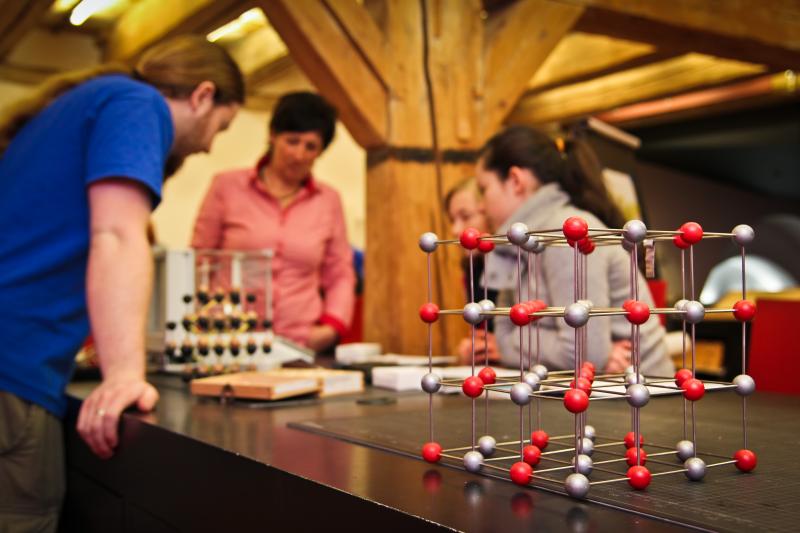Name
Chemical composition
Colour
Characteristics
Many people think that sulphur stinks.
This is not true. Pure, solid sulphur is odourless and tasteless.
The bad odour is produced by sulphur compounds.
These include the gas hydrogen sulphide.
It not only gives volcanoes their stinking odour,
but also rotten eggs or a fart.
Burning sulphur produces a blue flame.
Mohs scale hardness
Deposites
Sulphur is found everywhere on earth:
in the soil, in the air, in water - even in animals and plants.
Pure, solid sulphur is often formed in volcanoes.
Fumaroles are particularly productive.
Hot gas escapes from cracks there.
Sulphur crystals then crystallise out as the gas cools.
Because sulphur is a highly reactive element,
it does not like to be left alone.
It combines with other elements to form various minerals.
These include pyrite (fool's gold), gypsum, galena (lead glance),
but also many silver minerals such as freibergite and argyrodite.
Sulphur is also present in hard coal and lignite.
Sulphur is found in hair, but also in foods such as mustard and eggs.
Usage
Sulphur has been used by humans for 7,000 years.
Egyptians and Chinese used it to bleach textiles and
as a medicine for disinfection.
Alongside fossil raw materials such as crude oil, natural gas,
salt and lime, sulphur is the most important substance
in the chemical industry.
80-90% of this sulphur is used to produce sulphuric acid.
The remaining sulphur is processed into sulphur dioxide, putty,
gunpowder, sulphur paints, matches and paper, for example.









